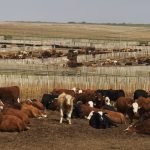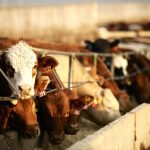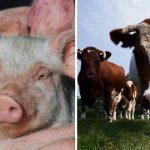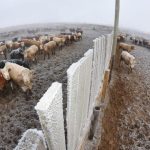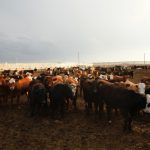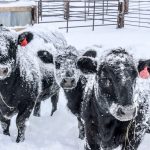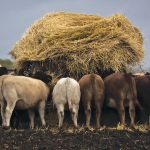Live and fed cattle futures on the Chicago Mercantile Exchange stepped back on Monday, moving further away from highs reached in late January.


Trump delays tariffs on Mexico

The Markets: Heifer retention is expected this year in both Canada and the U.S.
